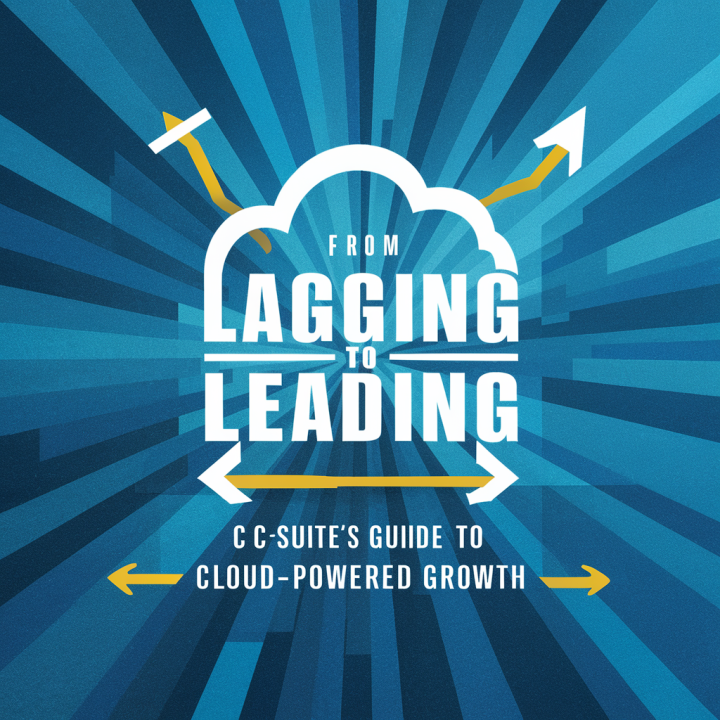To shift from lagging to leading in today’s digital marketplace, C-suite executives must leverage cloud technologies strategically. This involves embracing practices that drive cloud transformation, including focusing on customer needs, streamlining operations with AI and machine learning, and investing in skills development for employees. Through strategic cloud spending, banks and other businesses can achieve scalable growth, enhance customer engagement, and foster innovation while managing costs effectively.
The cloud has become the backbone of digital transformation, offering businesses unprecedented opportunities for growth, agility, and innovation. Yet, the journey from merely using cloud technologies to becoming a fully cloud-powered business requires a deliberate, strategic approach that extends far beyond the IT department to involve the entire C-suite. Drawing insights from industry leaders like PwC, this guide outlines how executives can harness the cloud to drive significant business growth and stay competitive in the evolving digital landscape.
The Strategic Cloud Imperative
Businesses across sectors, especially financial services, are increasingly recognizing the strategic value of cloud technologies in achieving scalable growth advantages. By applying cloud solutions, banks have successfully deepened customer engagement, streamlined cross-border payments, and introduced real-time transaction capabilities. These advancements are powered by strategic cloud investments that emphasize customer-centric digital business models, fostering a virtuous cycle of skill building, employee talent development, and process improvement.
Four Value-Creating Practices for Cloud Transformation
PwC’s 2023 Cloud Business Survey reveals that while many organizations are on a cloud transformation journey, few fully realize the business value from their investments. To bridge this gap, businesses must adopt four key practices:
- Focus on Business and Industry Advantage: Emphasizing cloud as a strategic enabler leads to improved business outcomes, such as enhanced decision-making and cost savings. This involves aligning cloud strategy with broader business goals, including operational efficiency and customer experience improvements
- Reimagine Business Operations and Processes: Innovative technologies like AI, ML, and natural language processing can transform customer service and operational processes, making them more efficient and customer-friendly.
- Invest in People and Skills Development: Building a cloud-powered business requires not just technological investment but also a focus on upskilling employees to participate in the cloud revolution fully. This includes fostering a culture of innovation and creativity beyond just financial metrics.
- Leverage Partnerships and Ecosystems: Collaborating with cloud service providers can help lower costs while adding computing capacity and efficiency. It’s crucial for executives to prioritize projects that benefit most from cloud spending and engage with the board to support strategic cloud initiatives.
Accelerating Business Outcomes Powered by the Cloud:
To truly leverage the power of cloud investments, organizations need to focus on strategic transformation beyond simple migration. This involves developing business strategies that maximize cloud opportunities, powering digital innovation to reimagine customer experiences, and leveraging engineering products and services to differentiate the business. Ultimately, a business-first, cloud-forward approach can significantly accelerate business outcomes, streamlining operations, and fostering growth and resilience.
Key Takeaways
- Strategic cloud spending is essential for unlocking scalable growth advantages and deeper customer engagement.
- Embracing cloud transformation involves focusing on business advantages, reimagining operations, investing in talent, and leveraging partnerships.
- Executives must adopt a business-first approach to cloud transformation, prioritizing strategic business outcomes and innovation.
- Continuous learning and skills development for employees are crucial for adapting to and maximizing the benefits of cloud technologies.
By following these guidelines, C-suite executives can lead their organizations from lagging to leading in the digital age, unlocking the full potential of cloud-powered growth and securing a competitive advantage in the marketplace.



